Step back in time to taste the sweet side of American history! Many treats that delighted our colonial ancestors continue to grace our tables today. While cooking methods have changed over the centuries, these timeless goodies connect us to America’s earliest kitchens, when hearty ingredients and creative baking techniques turned simple staples into delicious desserts.
1. Apple Pie’s Enduring Legacy
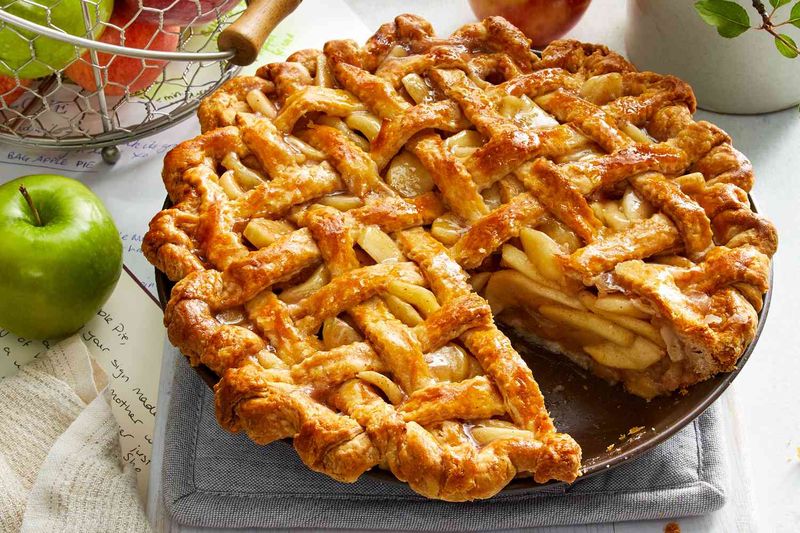
Nothing says “American tradition” quite like a warm slice of apple pie. Colonial bakers filled flaky crusts with apples harvested from trees planted from European seeds, sweetening their creations with precious molasses or maple syrup.
The familiar aroma of cinnamon and nutmeg wafting through early American homes hasn’t changed much in 300 years. While modern recipes might call for refined sugar instead of molasses, the essence remains deliciously familiar.
2. Cornbread: From Necessity to Beloved Side
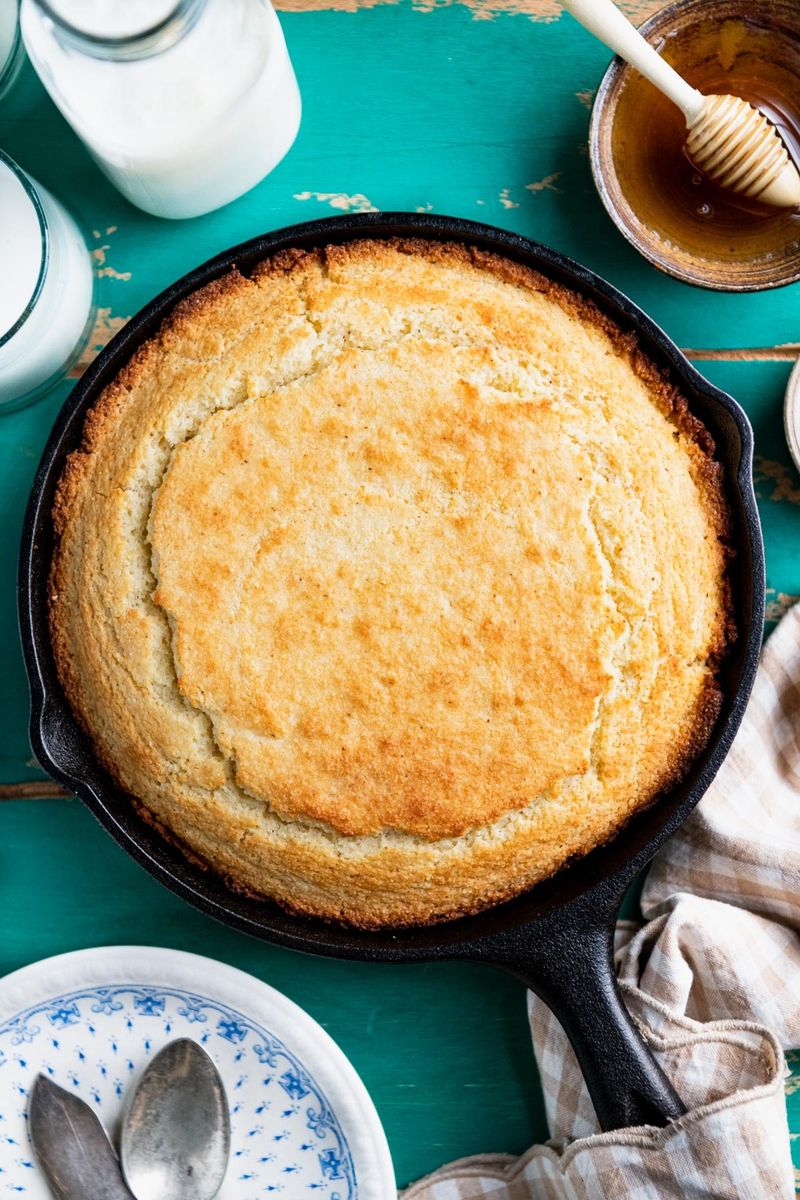
Cornmeal became the backbone of colonial cooking thanks to Native American agricultural wisdom. Early settlers transformed this abundant grain into hearty breads baked in cast-iron skillets over open flames.
The golden crust and soft interior made cornbread an instant hit across all thirteen colonies. Modern versions might include sugar—something colonial cooks would consider a luxury—but the satisfying texture and comforting warmth remain unchanged.
3. Gingerbread’s Spicy History
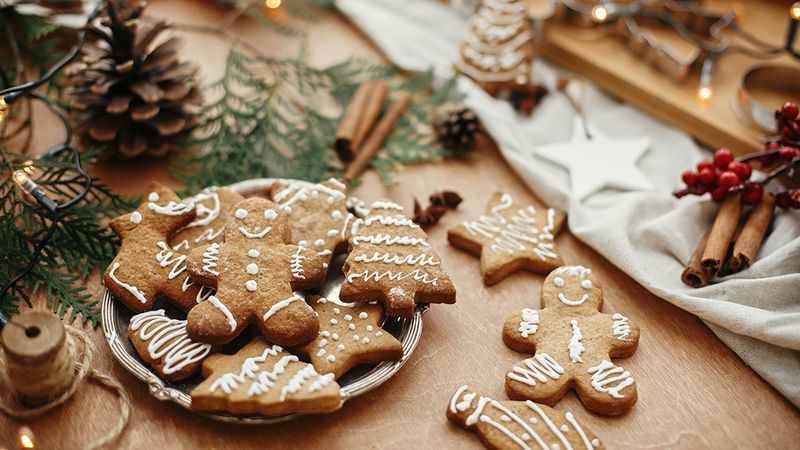
The scent of gingerbread filled special occasions in colonial America. Molasses—a byproduct of Caribbean sugar production—provided the distinctive sweetness, while imported ginger, cinnamon, and cloves added exotic flair.
Colonial bakers crafted both soft loaves and crisp cookies, often using intricate wooden molds to create decorative shapes. Today’s holiday gingerbread houses and gingerbread men directly descend from these early American treats, connecting modern celebrations to centuries-old traditions.
4. Maple Candy: Nature’s Sweet Gift
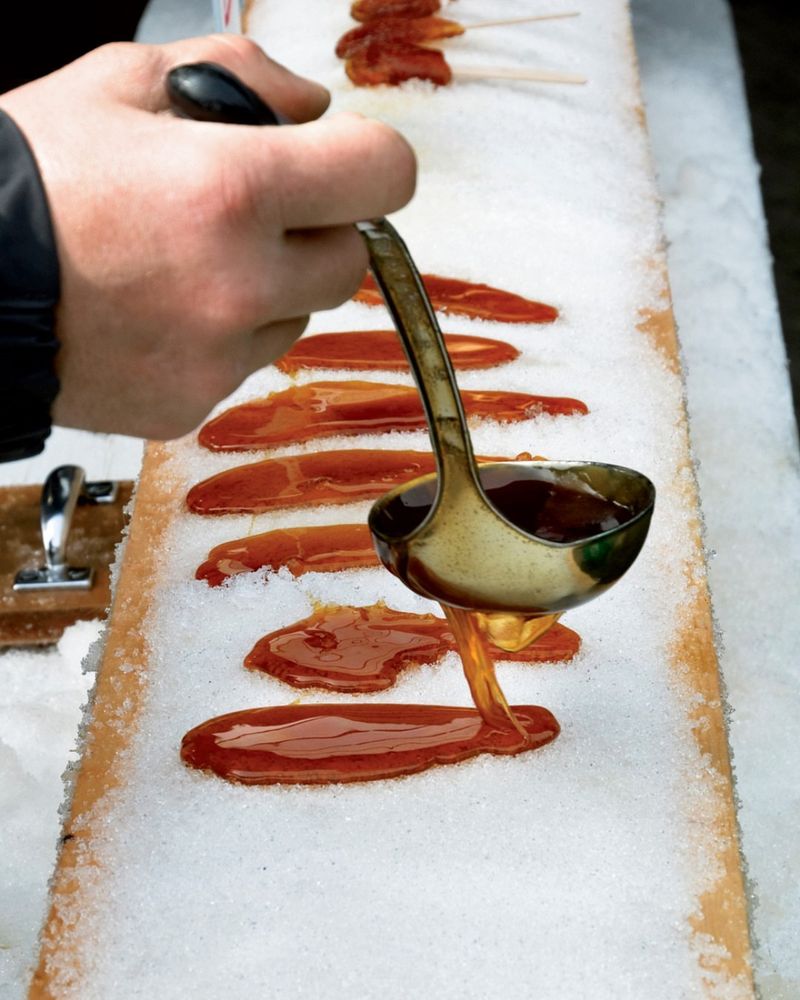
Indigenous peoples taught early colonists the art of tapping maple trees and boiling the sap into sweet syrup. Resourceful settlers discovered that boiling the syrup further created delightful sugar candies that stored well through harsh winters.
Children eagerly anticipated the late-winter sugaring season. The tradition of pouring hot maple syrup onto fresh snow to create instant candy—called “sugar on snow”—remains a beloved ritual in New England, where maple candy production continues using methods remarkably similar to colonial techniques.
5. Johnnycakes: The Original Fast Food
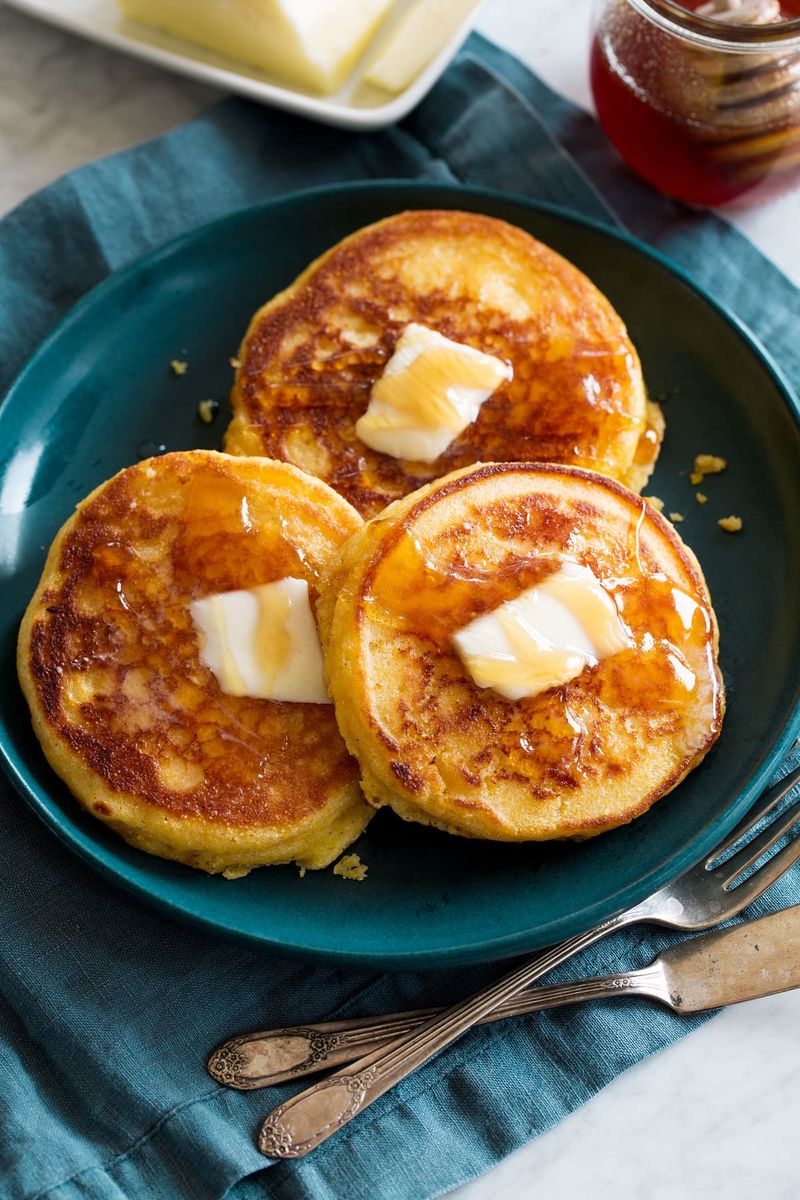
Before the dawn of modern breakfast cereals, johnnycakes fueled colonial Americans from Rhode Island to Georgia. These simple cornmeal pancakes cooked quickly on hot stones or griddles, making them perfect for travelers and busy households alike.
Native Americans introduced settlers to this versatile food. Modern johnnycakes remain remarkably true to their origins—crispy edges surrounding a tender center, typically served with butter, maple syrup, or molasses, just as they were in the 1700s.
6. Pumpkin Pie’s Seasonal Charm
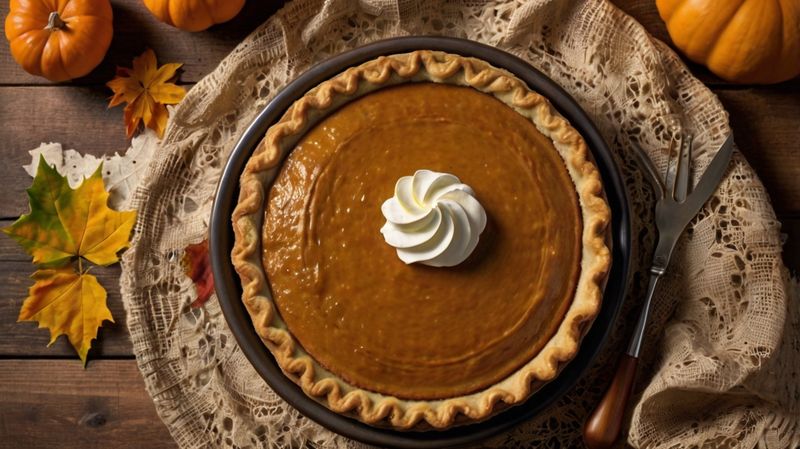
Long before pumpkin spice became a cultural phenomenon, colonial cooks were baking pumpkin custards in rustic pastry shells. Native to North America, pumpkins provided essential nutrition through harsh winters.
Early versions often contained milk, eggs, honey, and spices imported from the Caribbean and Asia. The modern Thanksgiving favorite evolved from these humble beginnings. While today’s pumpkin pies might use canned filling, the warm blend of cinnamon, nutmeg, and cloves would taste familiar to a colonial baker.
7. Hard Cider: America’s Original Drink
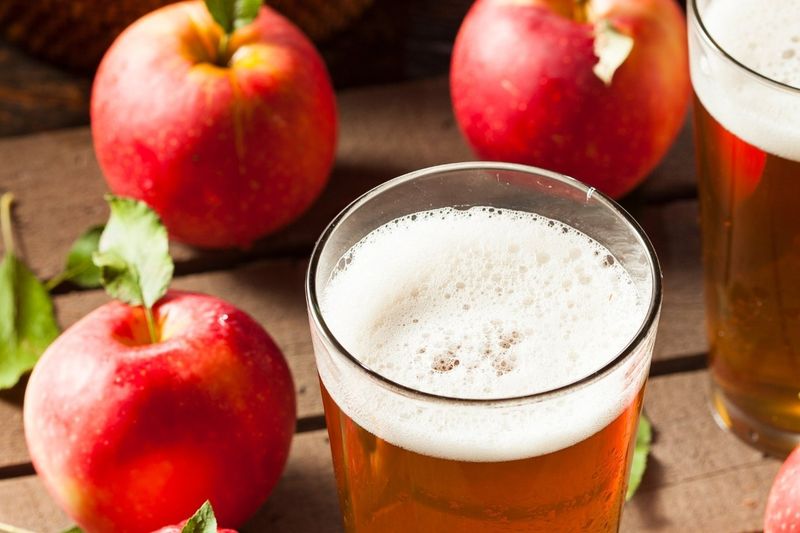
Water wasn’t always safe in colonial times, making fermented beverages like hard cider essential to daily life. Apple orchards flourished throughout the colonies, providing abundant fruit for this popular drink.
Even children sipped watered-down versions called “ciderkin.” Today’s craft cider renaissance reconnects Americans with this heritage beverage. Modern artisanal ciders, with their complex flavors and local apple varieties, would earn approving nods from colonial cider makers.
8. Molasses Cookies: Chewy Classics
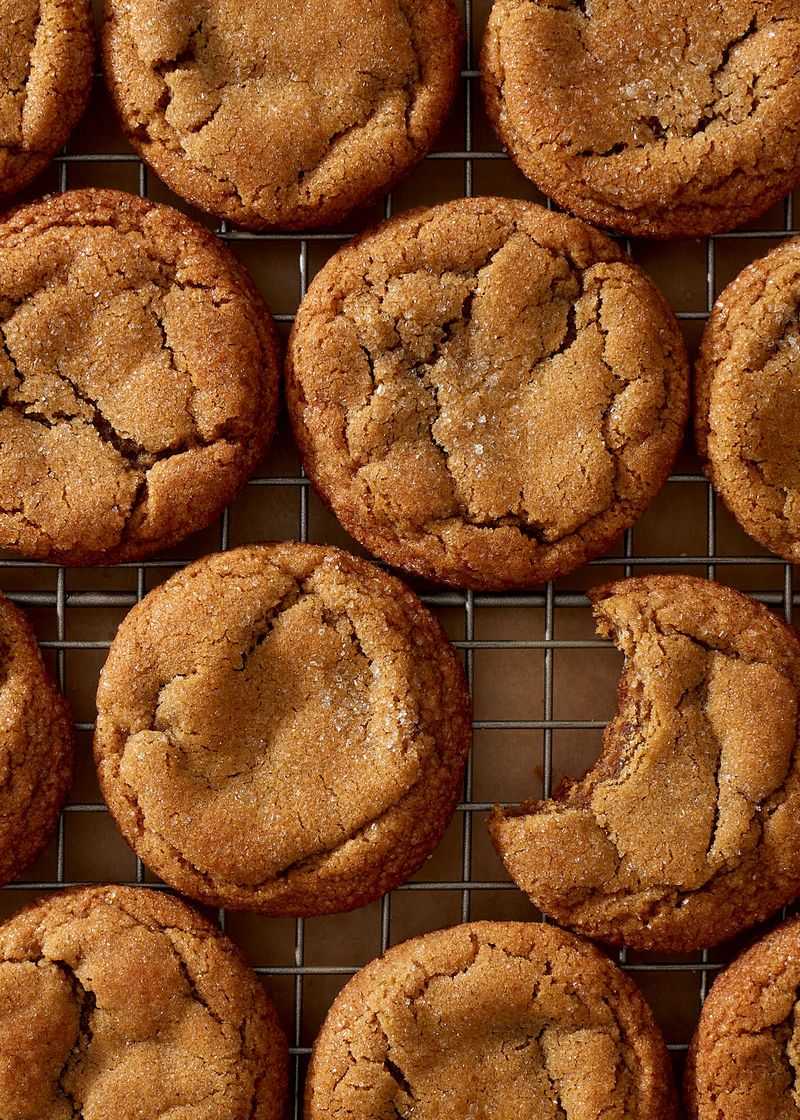
The distinctive flavor of blackstrap molasses defined colonial sweets long before refined sugar became commonplace. These chewy, crinkle-topped cookies provided welcome comfort during harsh winters.
Spiced with ginger and cinnamon, molasses cookies became favorites at community gatherings. The recipe traveled westward with pioneers, spreading this colonial treat across America. Modern versions might add chocolate chips or crystallized ginger, but the core recipe—with its perfect balance of sweetness and spice—remains largely unchanged.
9. Baked Beans: Saturday Night Tradition
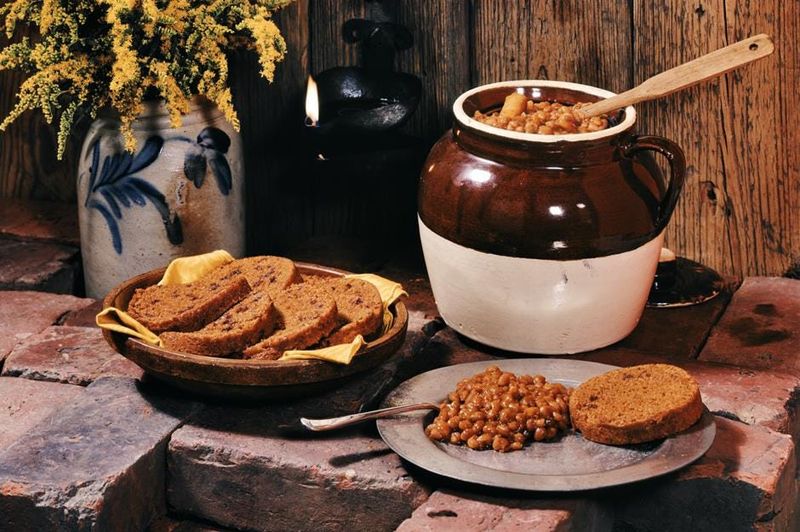
Saturday night baked beans became a New England tradition during colonial times. Slow-cooked in brick ovens overnight, these beans simmered with salt pork and molasses while families observed the Sabbath.
Native Americans first taught settlers about cooking beans with maple syrup. Colonial cooks adapted the method using molasses from the Caribbean trade. The tradition of Boston baked beans continues today, with many families still using recipes handed down through generations.
10. Popcorn: Ancient Snack, Timeless Appeal
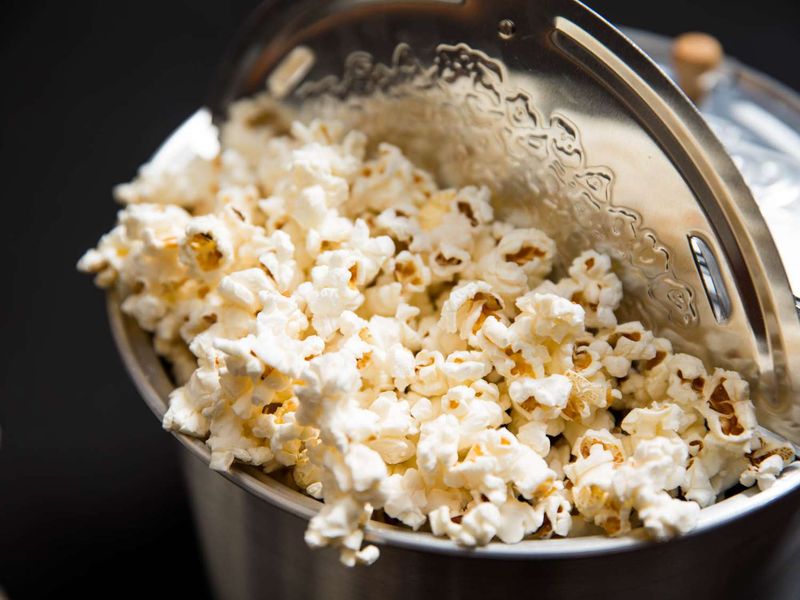
Popcorn predates colonial America by thousands of years, but Native Americans introduced European settlers to this magical snack. Colonial children delighted in watching kernels explode over hot fires.
Unlike today’s movie theater variety, early Americans enjoyed their popcorn with maple syrup or molasses drizzled on top. Some accounts suggest colonists ate popcorn with milk as an early form of breakfast cereal! The simple pleasure of freshly popped corn connects us directly to those early American snackers.
11. Indian Pudding: Comfort in a Bowl
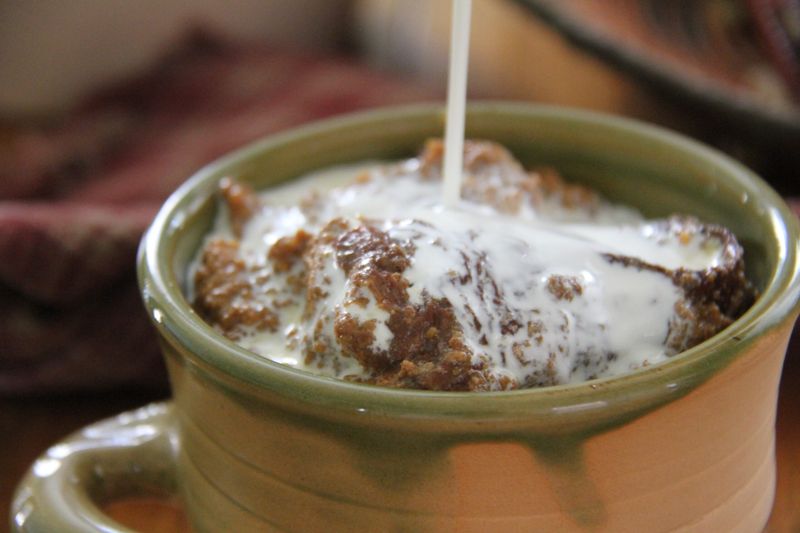
When English settlers craved their familiar hasty pudding but lacked wheat flour, they improvised using cornmeal. The result—Indian pudding—combined Native American ingredients with European cooking techniques.
This warm, molasses-sweetened dessert baked for hours, filling homes with an irresistible aroma. Though less common today, Indian pudding remains a treasured New England tradition, especially during fall and winter holidays. Its rich flavor and hearty texture continue to provide comfort, just as it did for our colonial ancestors.
12. Brown Bread: Steamed to Perfection
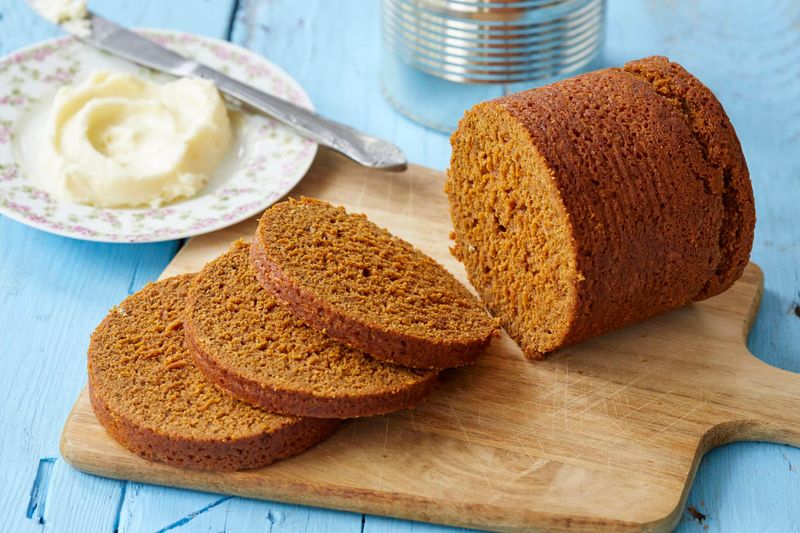
Colonial ingenuity shines through in New England brown bread. Without traditional ovens, early Americans steamed this molasses-sweetened bread in cylindrical containers over boiling water.
Made from cornmeal, rye, and wheat flour, this dense, moist bread paired perfectly with baked beans for Saturday suppers. The tradition of cooking it in coffee cans persisted well into the 20th century. Modern versions remain remarkably faithful to colonial recipes, preserving this unique piece of American culinary heritage.
13. Hoecakes: Presidential Favorite
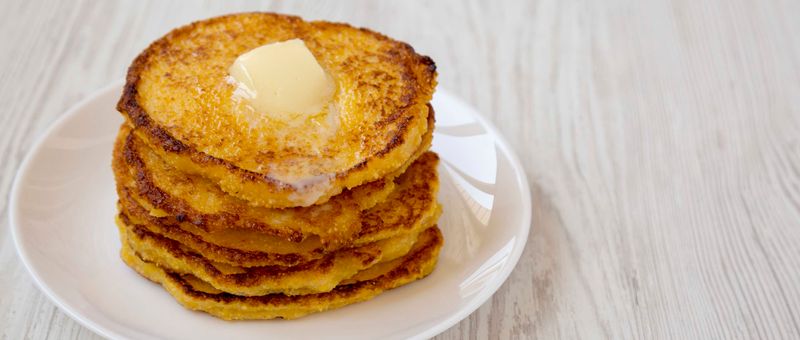
George Washington reportedly couldn’t start his day without hoecakes—simple cornmeal pancakes named for their original cooking method on the flat part of a garden hoe held over fire.
These humble pancakes sustained both wealthy landowners and enslaved people alike. Crispy on the outside and tender inside, hoecakes required minimal ingredients: cornmeal, water, and a bit of salt. Southern cooks still prepare variations of this colonial staple, connecting modern breakfast tables to America’s earliest culinary traditions.



